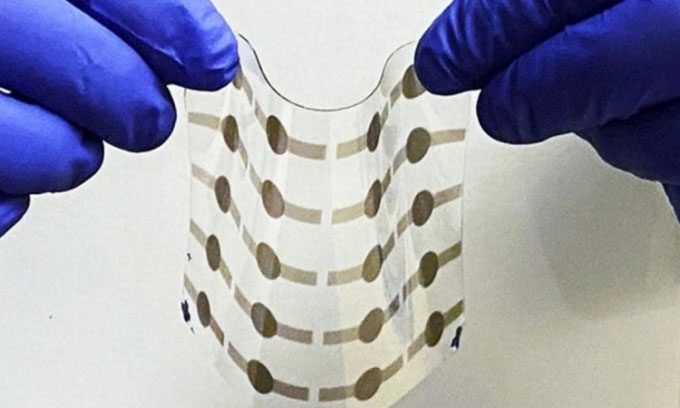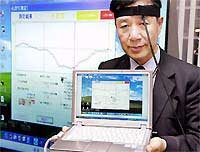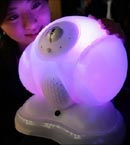Researchers at the University of California, Los Angeles (UCLA) have developed a new material for producing artificial muscles that are significantly stronger and more flexible than natural muscles.

Film made from 10 layers of PHDE. (Photo: UCLA)
In collaboration with the nonprofit organization SRI International, the UCLA research team utilized readily available chemicals and a UV light-based processing technique to enhance the dielectric elastomer (DE) material layer. This type of material is not only flexible and durable but also lightweight and has a high energy density. DEs are polymers that can change size or shape when an electric field is applied, making them ideal for actuator fabrication. DEs made from acrylic can withstand high pressure but require pre-stretching and are difficult to bend. In contrast, DEs made from silicone are easy to fabricate but cannot handle high pressure.
The research team was able to alter the cross-linking in the polymer chains of the material to create soft DEs that are easier to shape and increase in size without losing strength or elasticity. Changes in the manufacturing process allowed them to produce thin DE films known as high-performance dielectric elastomers (PHDE). The PHDE films are thin and lightweight, akin to human hair. Stacking multiple layers of PHDE films enables researchers to create small actuators that function like muscle tissue, generating sufficient muscle power to operate a small robot.
The research team also applied a simplified process to arrange the PHDE films using a blade, followed by UV treatment. As a result, they were able to produce actuators resembling spider legs with the ability to bend and jump, or to lift and rotate.
Actuators made from PHDE can generate much more force and are 3 to 10 times more flexible than natural muscles. For example, the new actuator can throw a ball that weighs 20 times more than itself. According to Qibing Pei, a professor of materials science and engineering at UCLA, this actuator could pave the way for artificial muscles in robots or sensors and technology that accurately simulates and even enhances human-like motion.




















































